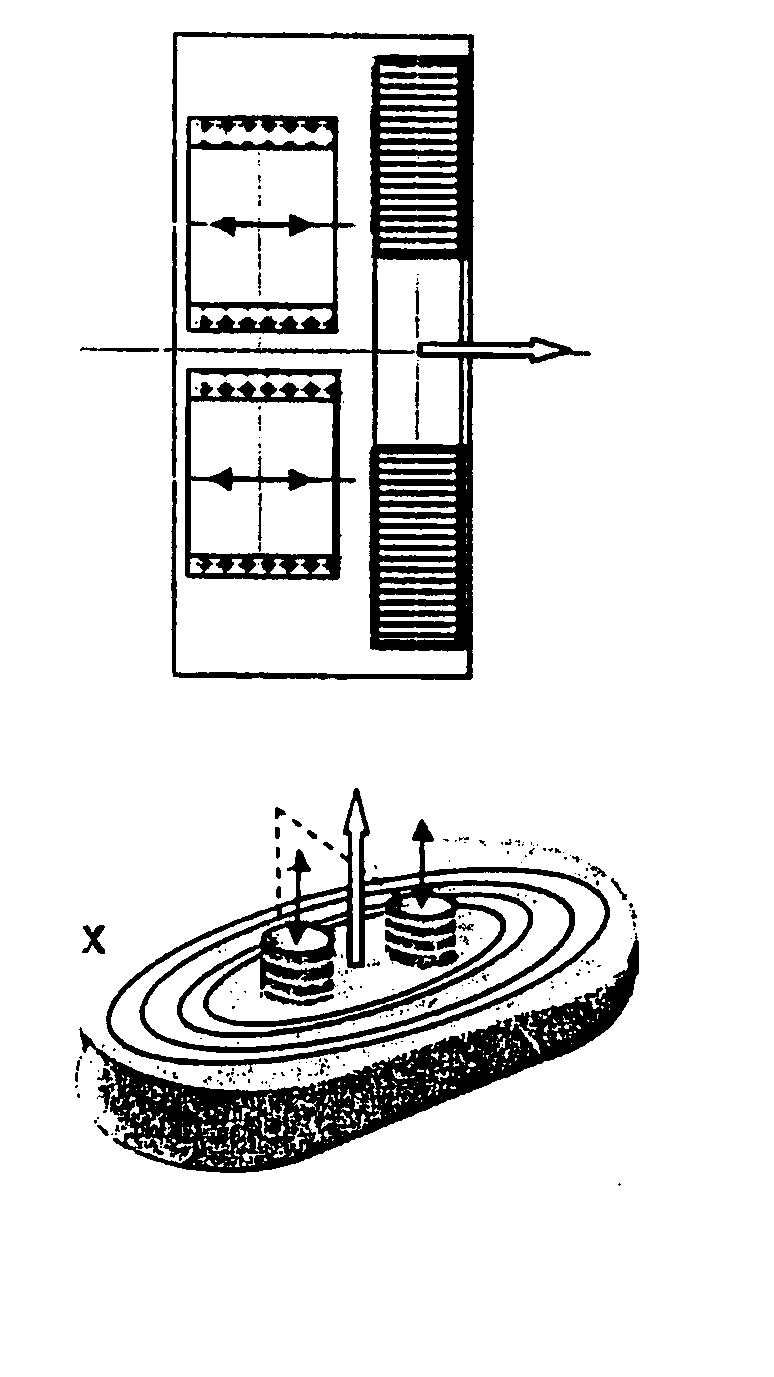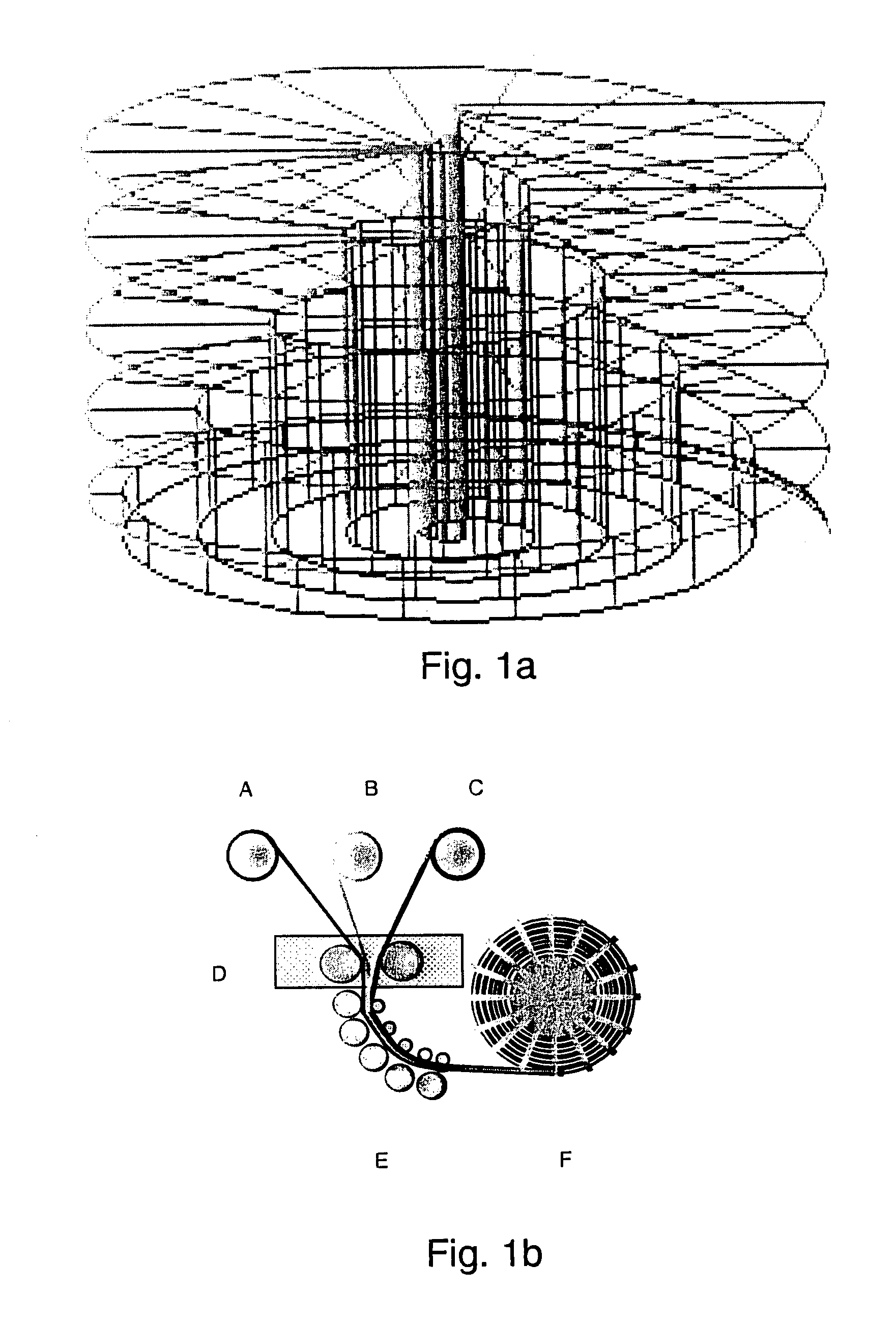Magnetic module
a magnetic module and module technology, applied in the direction of superconducting magnets/coils, magnetic bodies, superconducting devices for measuring magnetic field, etc., can solve the problem of limited end-to-end current available, mechanical failure of ceramic hts thin films or, at the very least, scratches, etc., to achieve high field, low voltage, and high stability
- Summary
- Abstract
- Description
- Claims
- Application Information
AI Technical Summary
Benefits of technology
Problems solved by technology
Method used
Image
Examples
Embodiment Construction
[0077]The area of High Temperature Superconductor Thin Film (HTS TF) that can be deposited on a continuous surface in one run by present technology is about 1 m2; equivalent to a conductor ½ cm in width and 200 m in length, carrying some 200 A. A conventional Low Temperature Superconductor (LTS) MRI magnet requires as much as 30 km of conductor. The critical current of the deposited superconducting film typically reduces as the continuous area of HTS TF deposited increases. This is generally due to drift in deposition conditions which need to be maintained to demanding limits for good superconducting properties.
[0078]It has been recognised by the inventors that it is advantageous to deposit limited thin film areas of optimised HTS TF on closed curve surfaces and subsequently define current paths by lithography. Clearly there is a practical minimum HTS TF area that needs to be deposited in one run to avoid needing excessive numbers of interconnects between field current defined paths...
PUM
 Login to View More
Login to View More Abstract
Description
Claims
Application Information
 Login to View More
Login to View More - R&D
- Intellectual Property
- Life Sciences
- Materials
- Tech Scout
- Unparalleled Data Quality
- Higher Quality Content
- 60% Fewer Hallucinations
Browse by: Latest US Patents, China's latest patents, Technical Efficacy Thesaurus, Application Domain, Technology Topic, Popular Technical Reports.
© 2025 PatSnap. All rights reserved.Legal|Privacy policy|Modern Slavery Act Transparency Statement|Sitemap|About US| Contact US: help@patsnap.com



